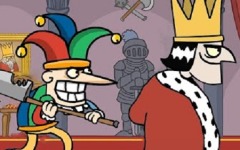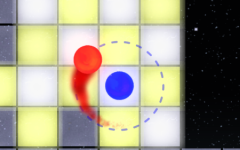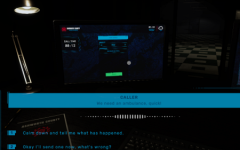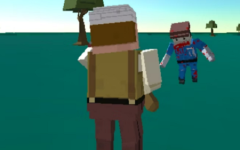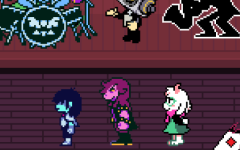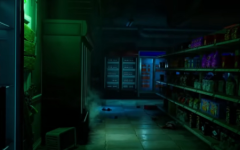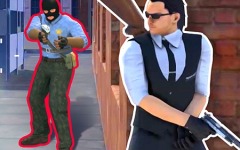Advertisement
Dispatch 2
Advertisement

Dispatch 2 positions Robert Robertson at a more advanced level of responsibility within the Superhero Dispatch Network. After the events of the first installment, Robert assists with broader city coordination while facing new administrative challenges. The story progresses through a mix of routine duties and unexpected crises that force the player to balance leadership, communication and crisis management. Each episode introduces new developments tied to city-wide instability and internal team politics.
Mission Assignment And Operational Flow
The foundation of gameplay remains focused on assessing emergencies and dispatching heroes with appropriate traits. Each incident displays a set of conditions, and the player must choose who to deploy based on compatibility and cooldown availability. Missions escalate in complexity as the city experiences overlapping events or limited hero readiness. During a standard cycle, the player engages with:
- Reviewing incident details to determine required hero attributes
- Assigning heroes while keeping track of cooldown timers
- Selecting dialogue responses that influence morale and story progression
These elements form a structured loop that shapes both the operational outcome and narrative direction.
Team Behaviour And Character-driven Systems
Dispatch 2 expands character interaction through deeper relationship mechanics and more branching conversations. Heroes react to mission assignments and to how Robert communicates with them over time. Some heroes may open new storylines if treated with patience, while others may withdraw after repeated pressure. The Z-Team continues to evolve through optional scenes, and character upgrades or personal dilemmas may unlock new mission modifiers.
Strategy, Prioritisation And Decision Impact
The player must manage time-sensitive emergencies while monitoring long-term effects on the team. Certain districts might require repeated interventions, encouraging strategic deployment to maintain stability. Choosing when to deploy high-performing heroes and when to rest them becomes a recurring challenge. Dialogue decisions also affect departmental trust, altering how future episodes unfold. This balance between operational planning and interpersonal management drives the evolution of the campaign.
Replay Value And Branching Outcomes
Dispatch 2 encourages replay through its branching structure, optional scenes and multiple narrative routes. Different mission choices lead to alternative paths, and character interactions vary depending on player tone and consistency. Because each episode is influenced by earlier decisions, new runs can reveal extended storylines or unseen consequences. This approach gives the game a long-lasting structure built around experimentation, strategic adjustment and continued engagement across repeated playthroughs.
































































































































